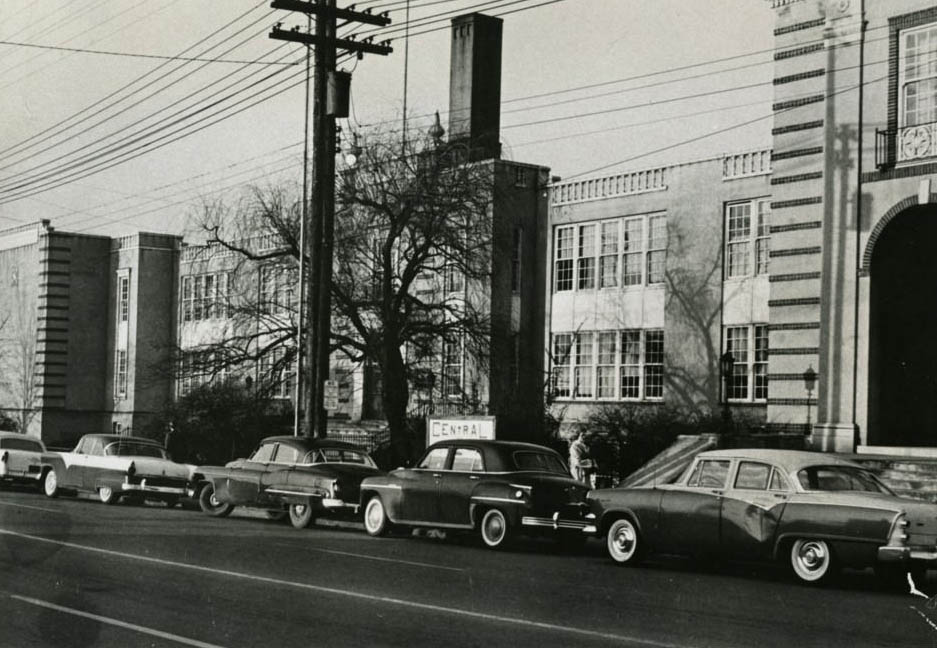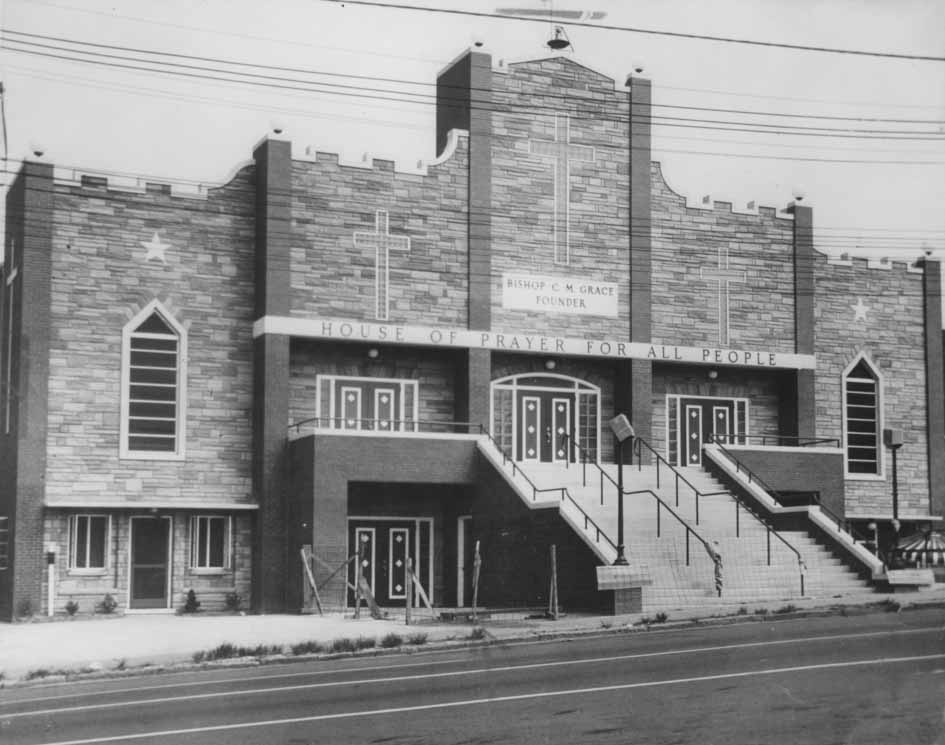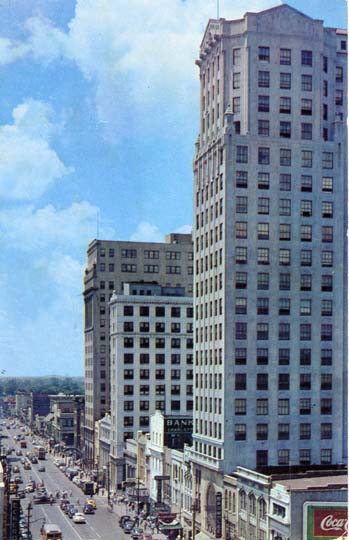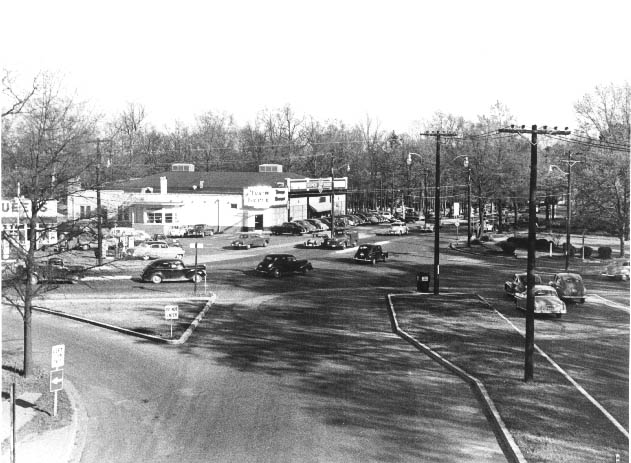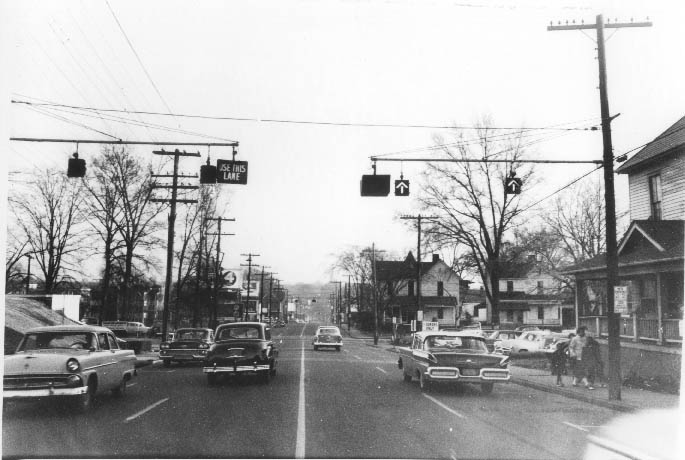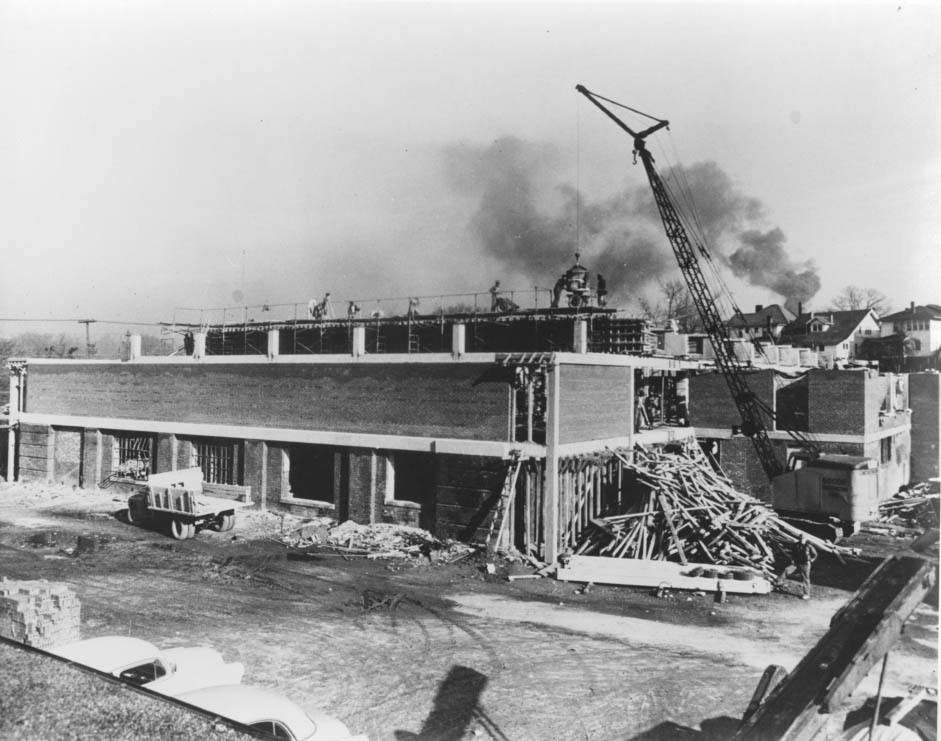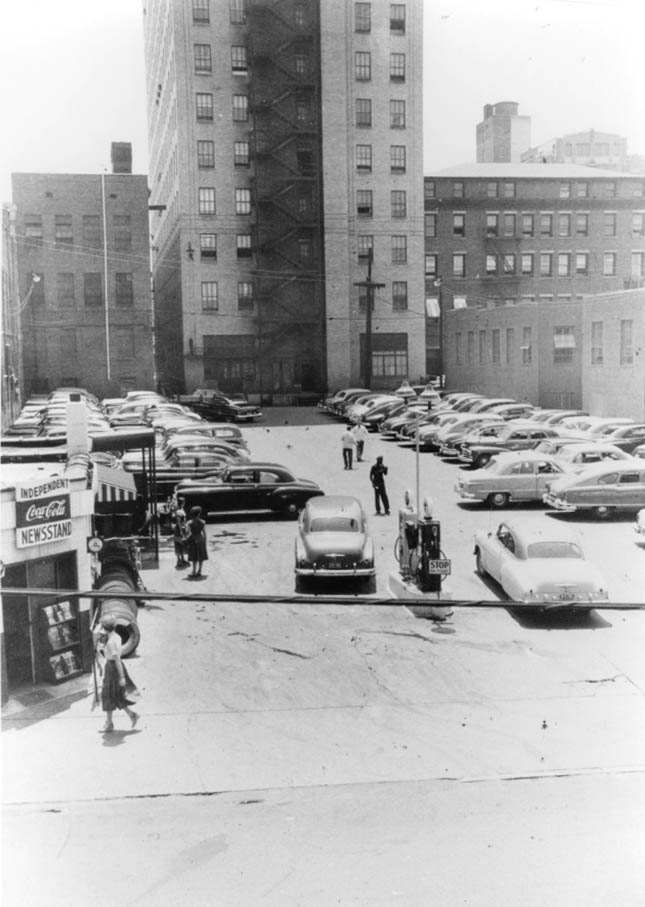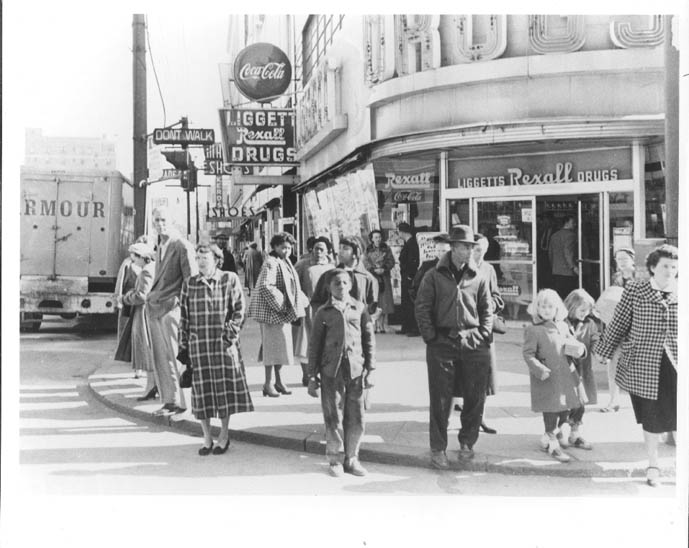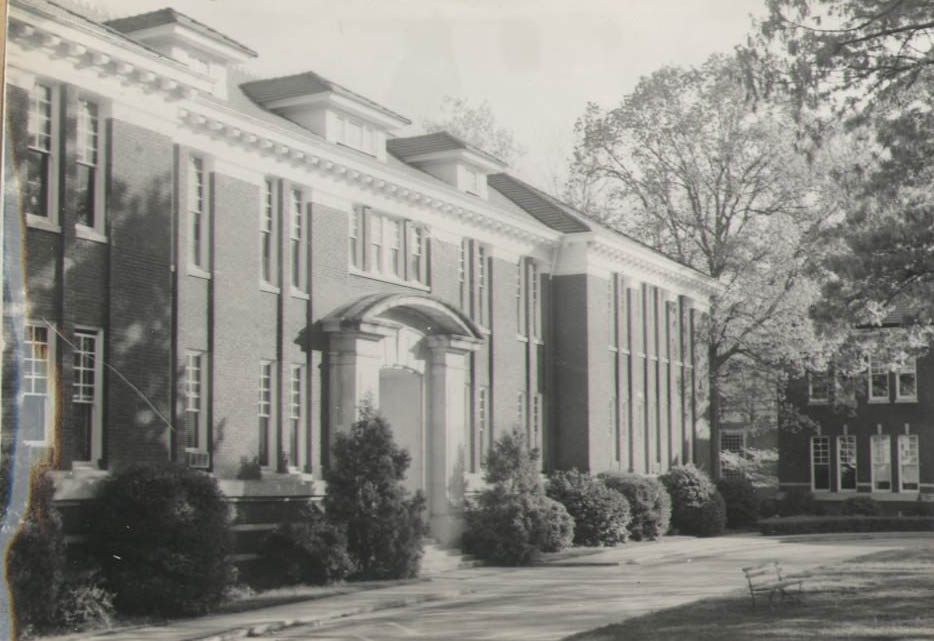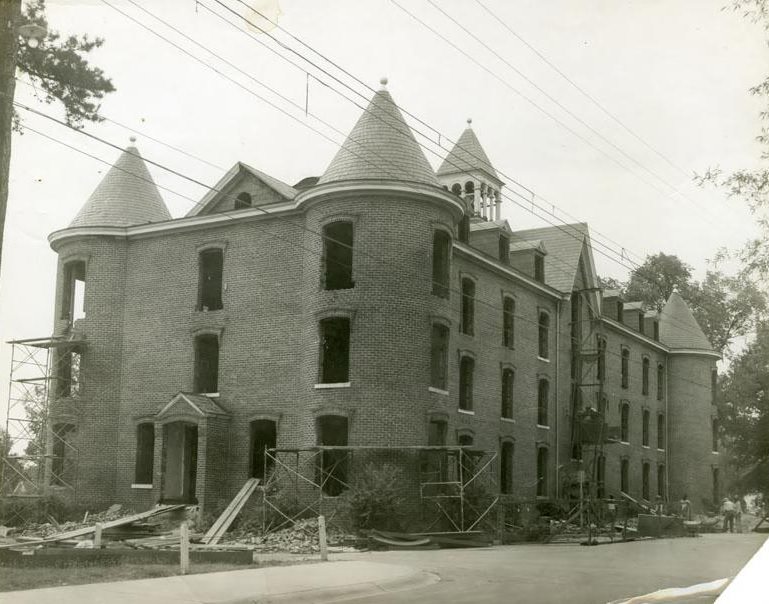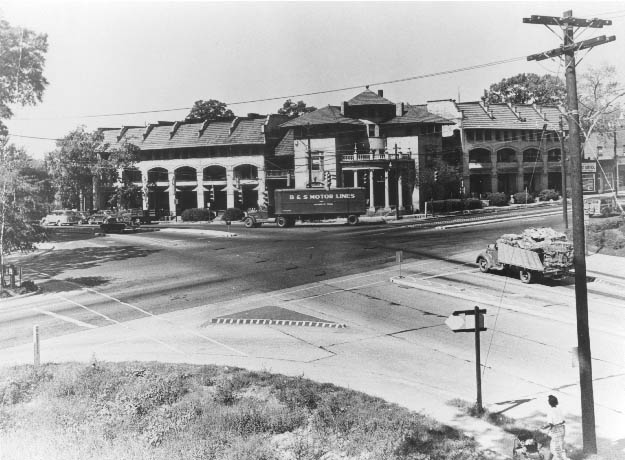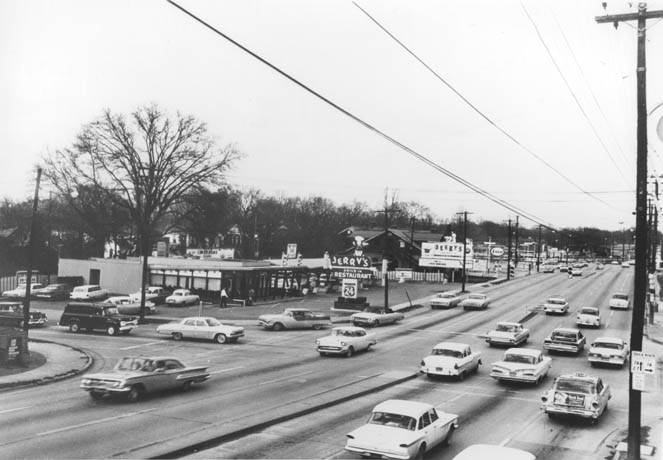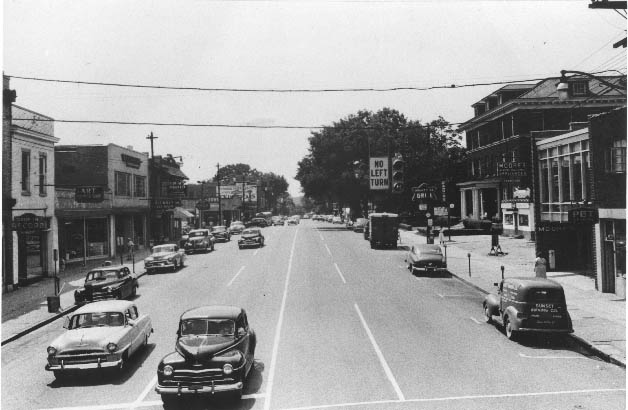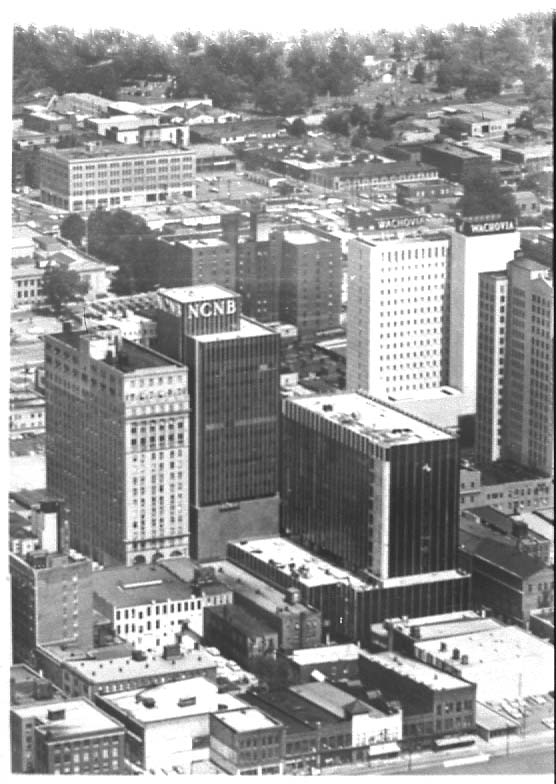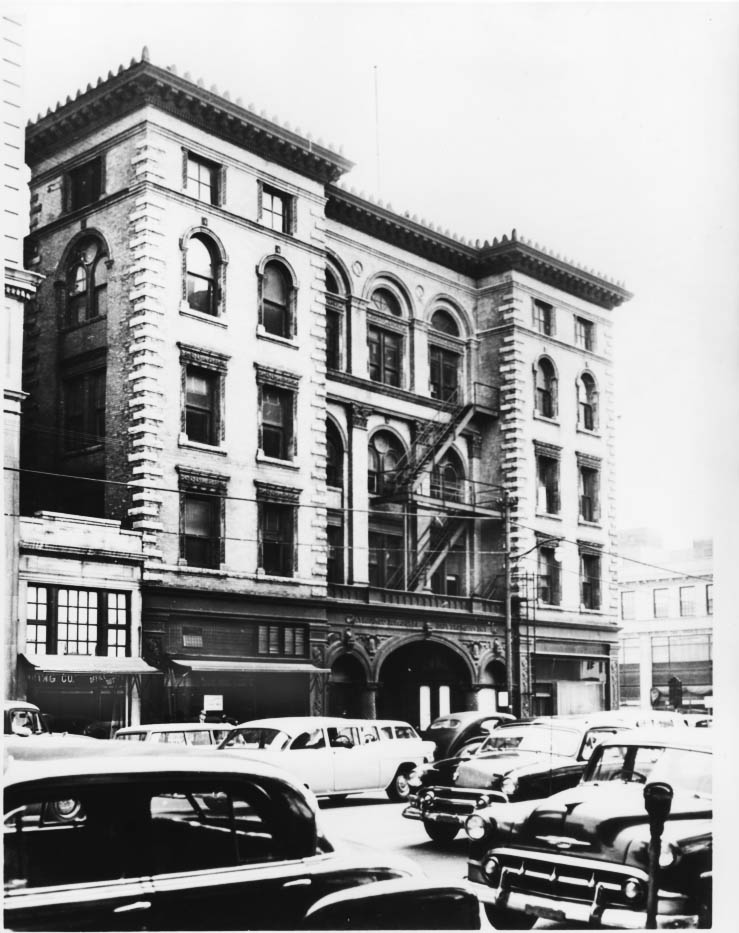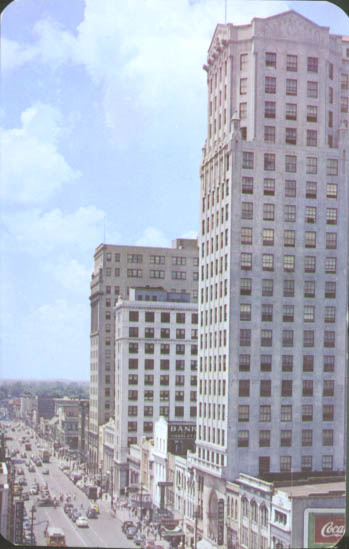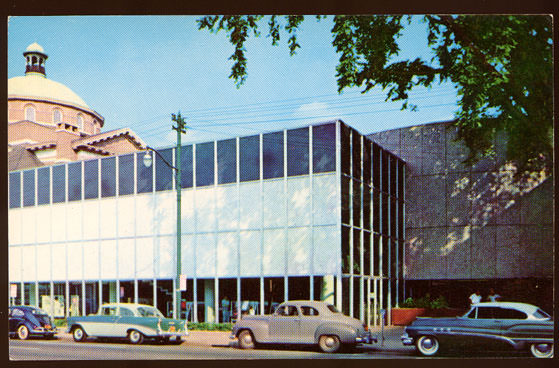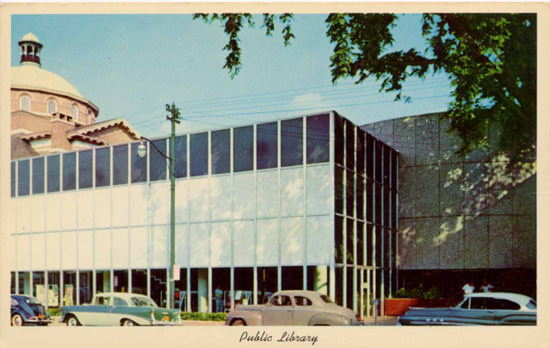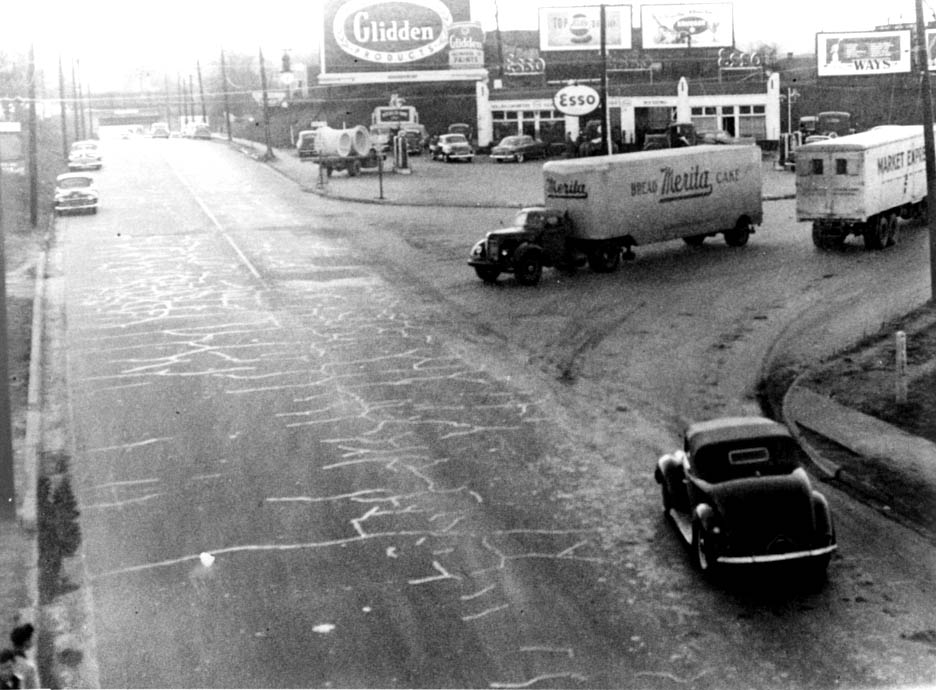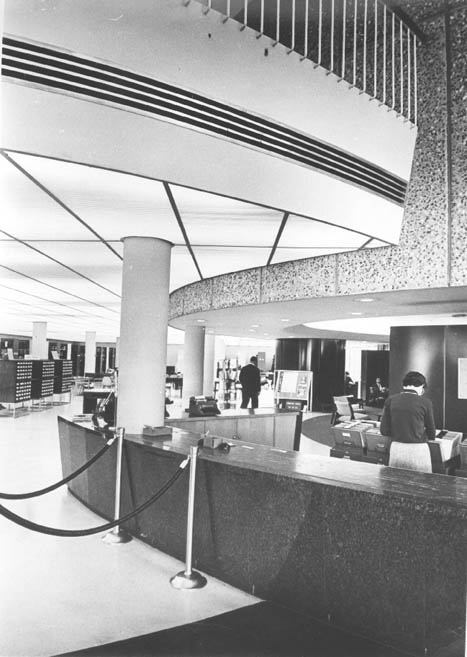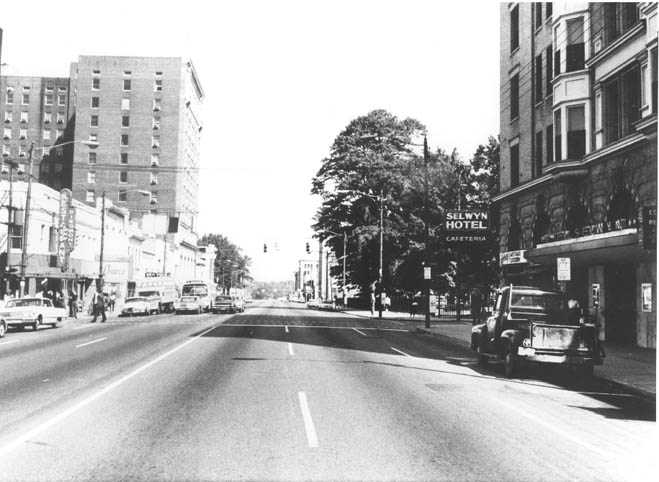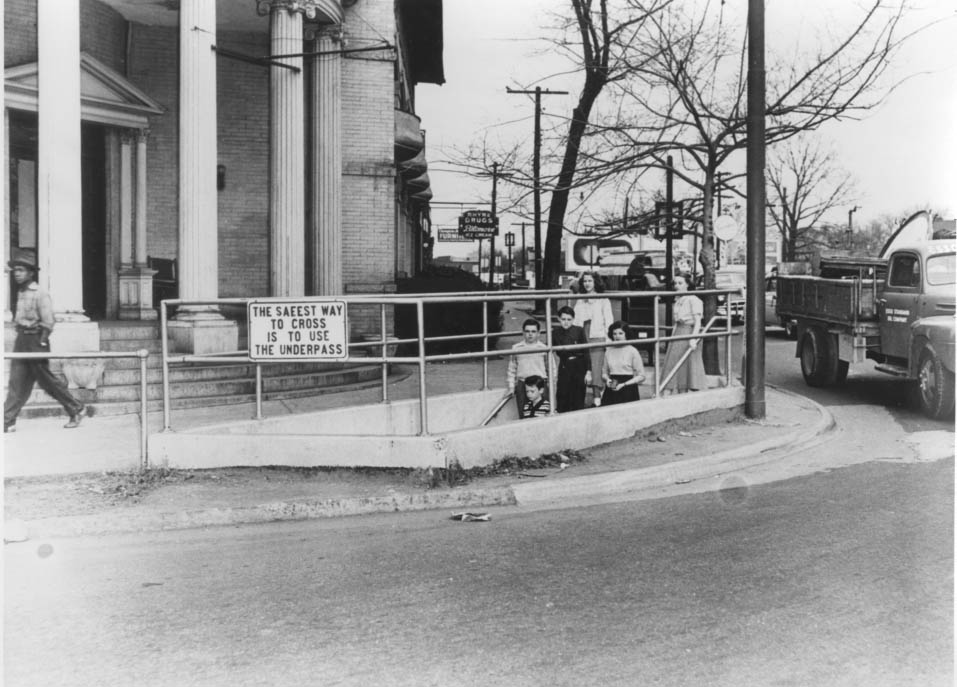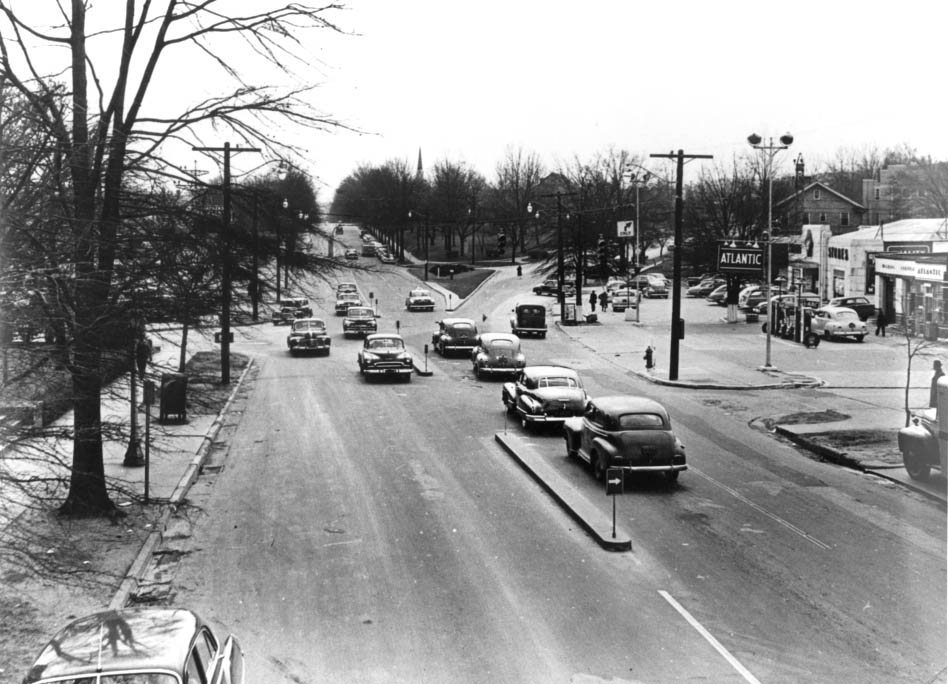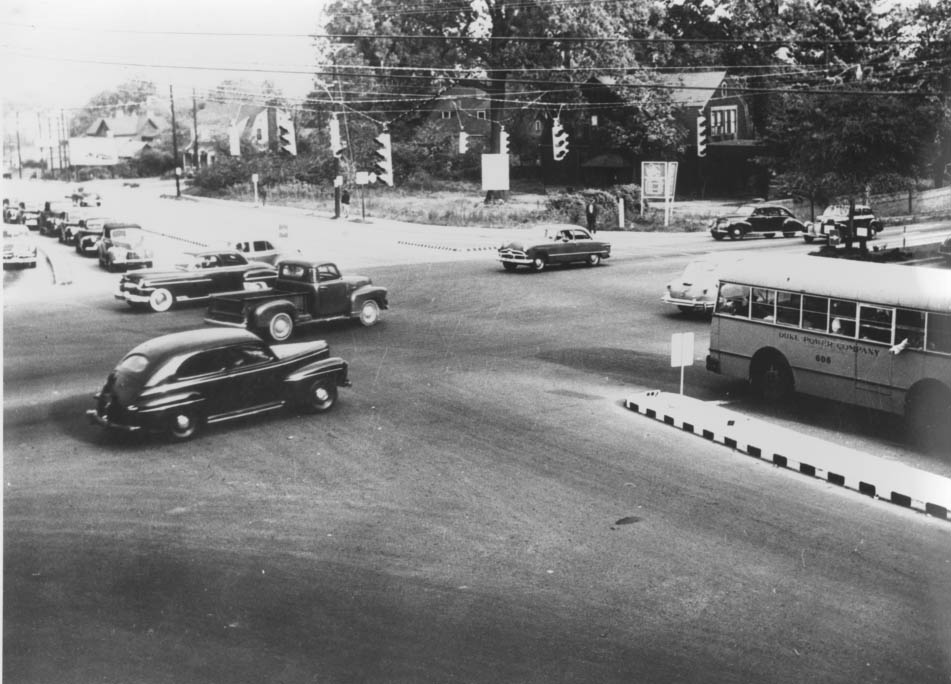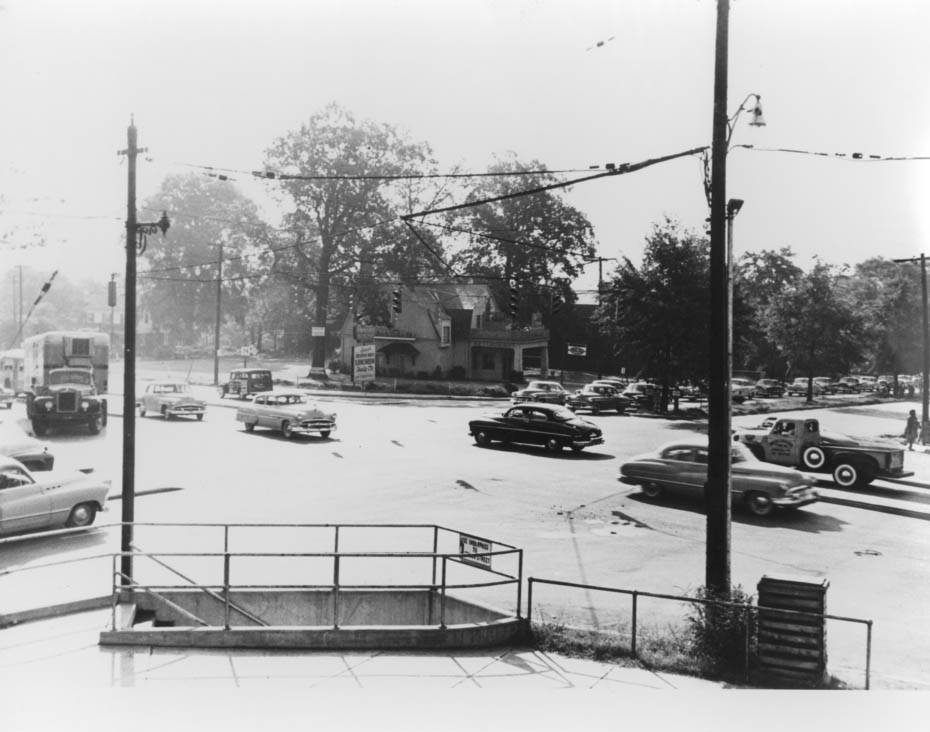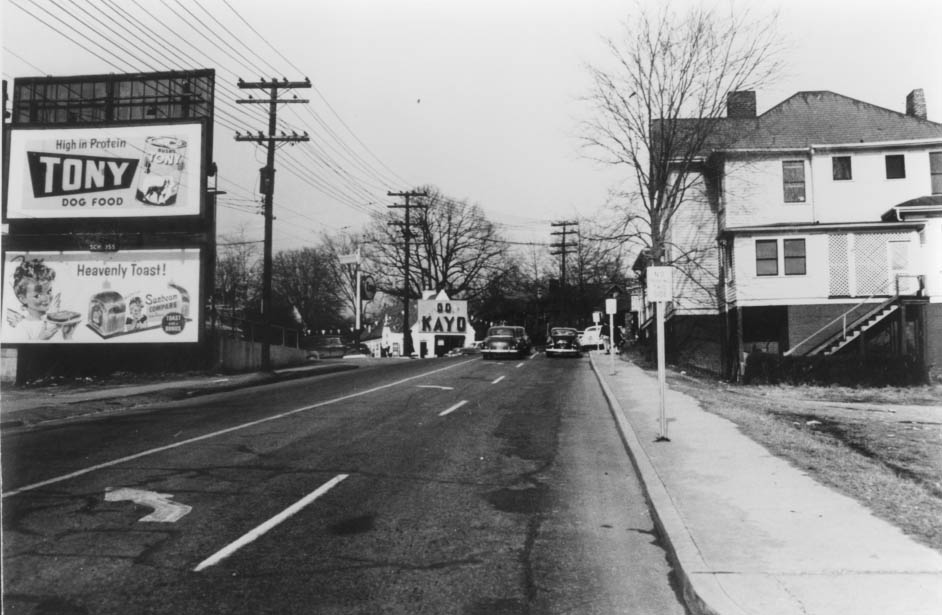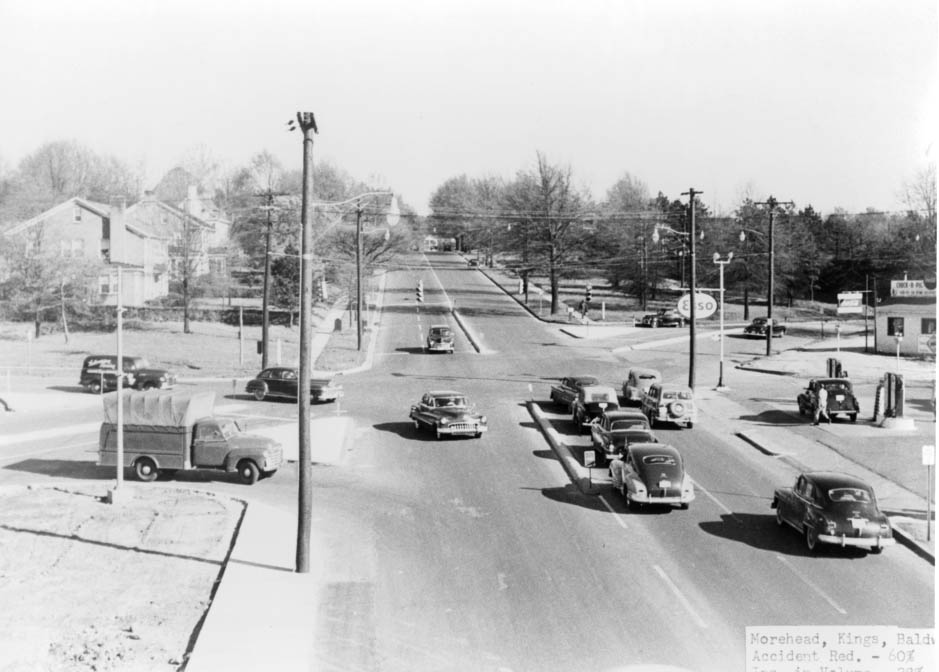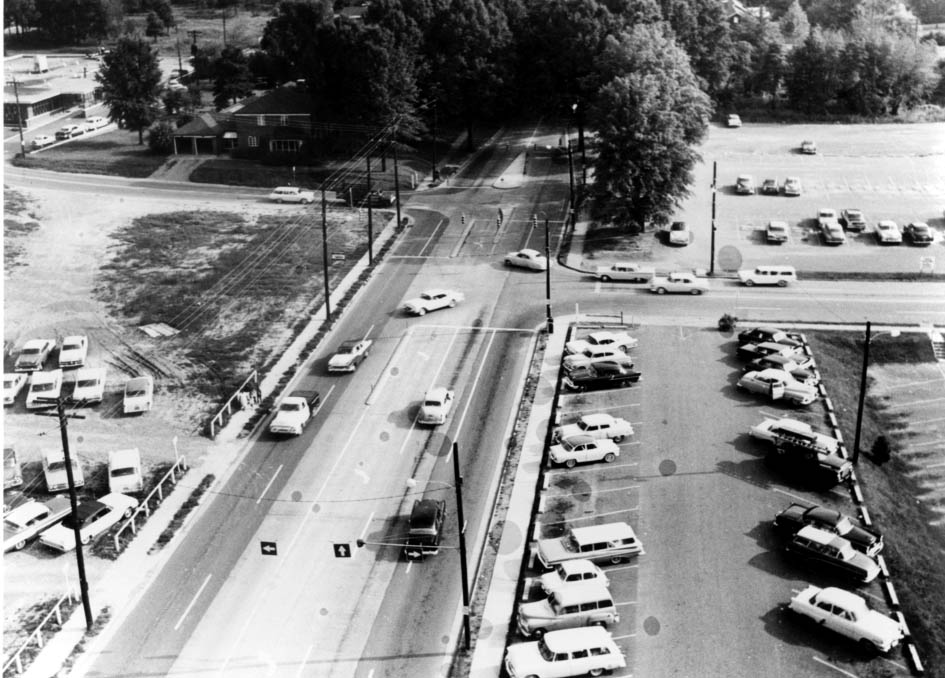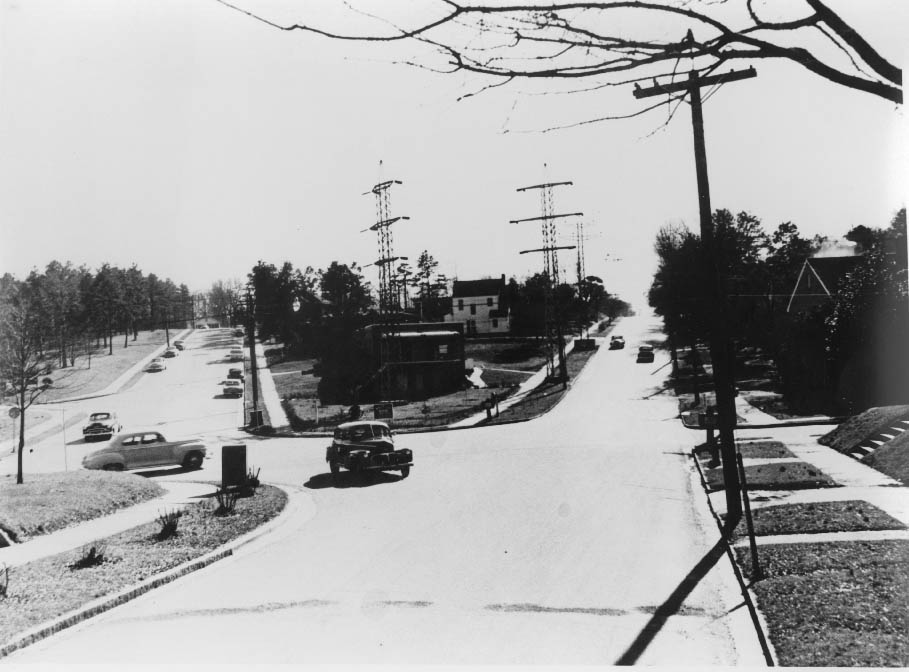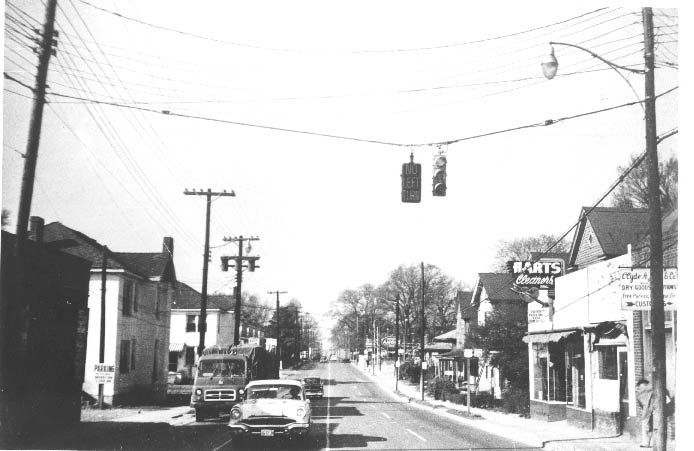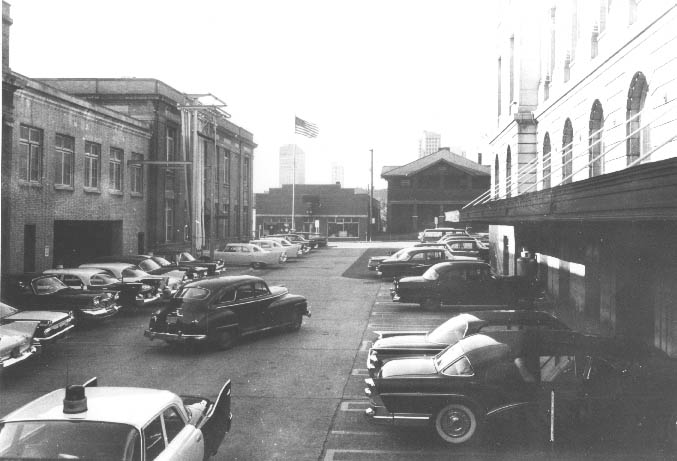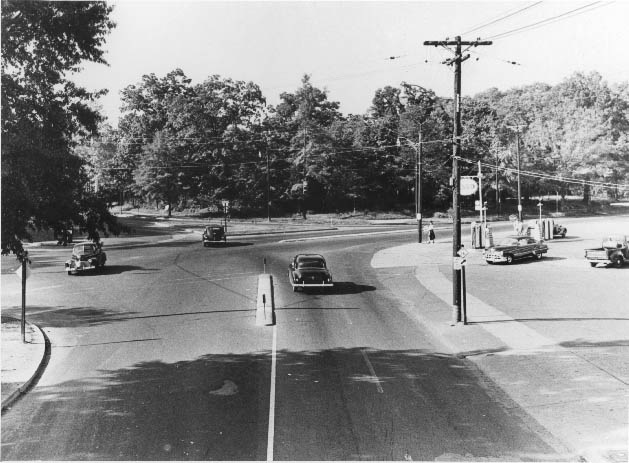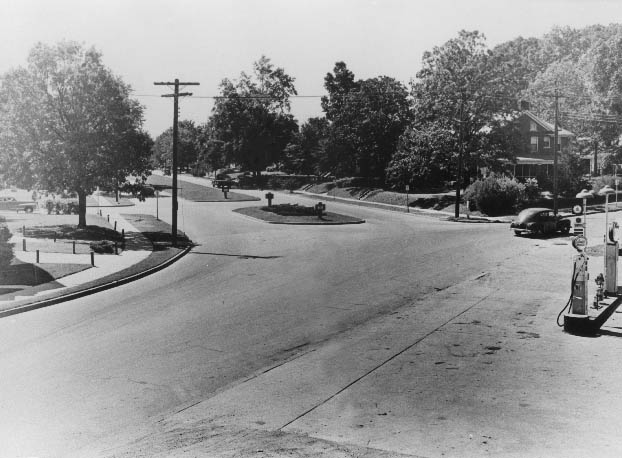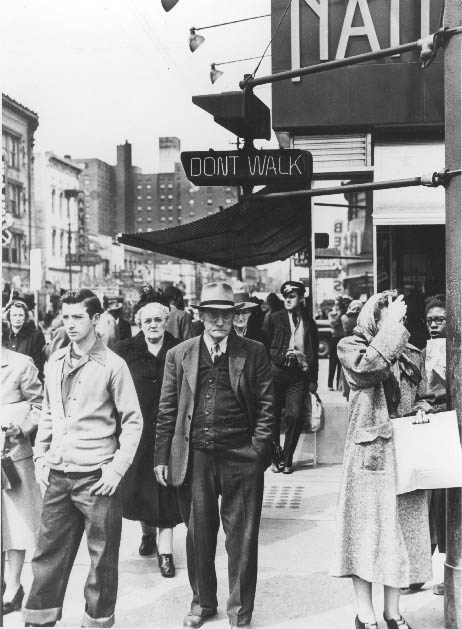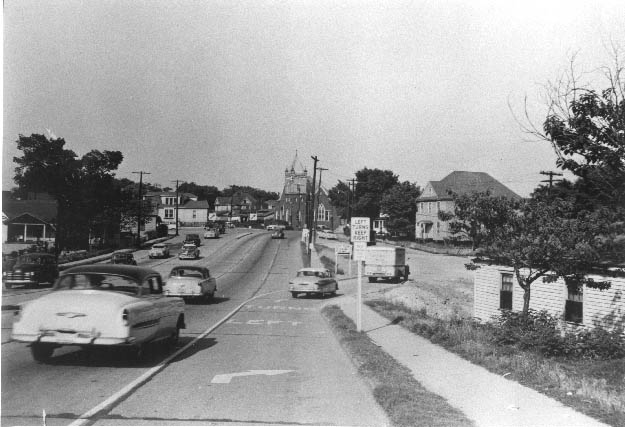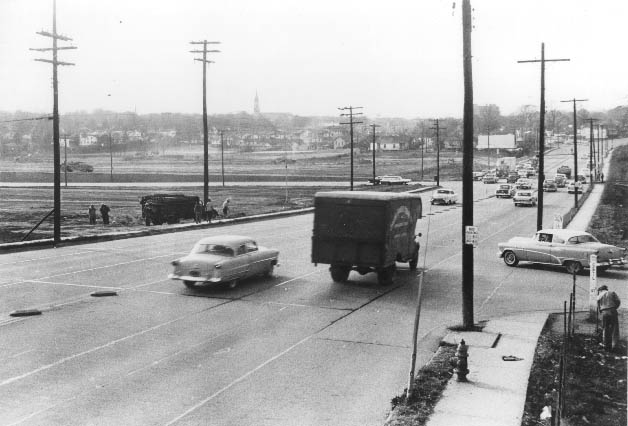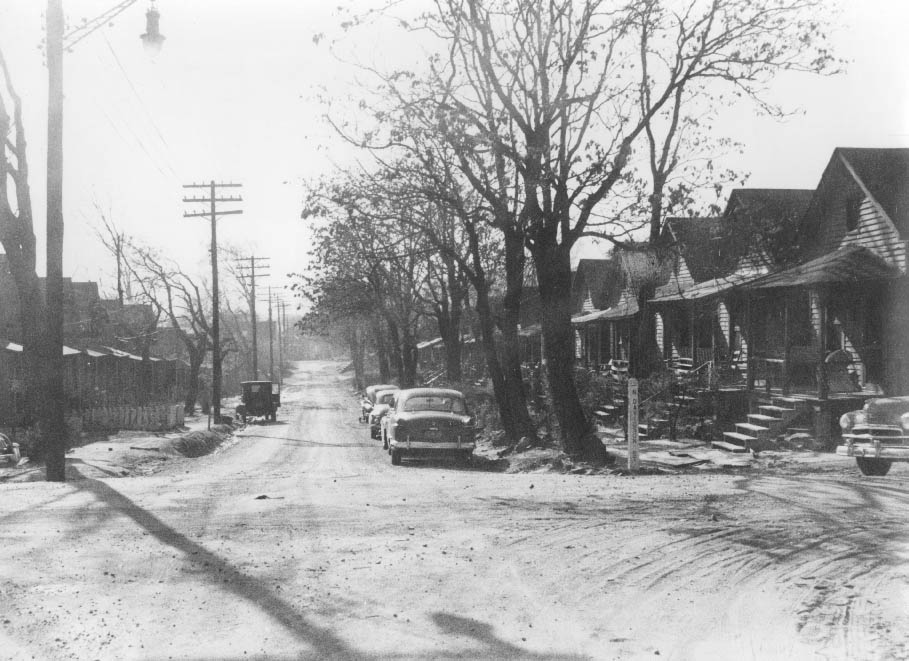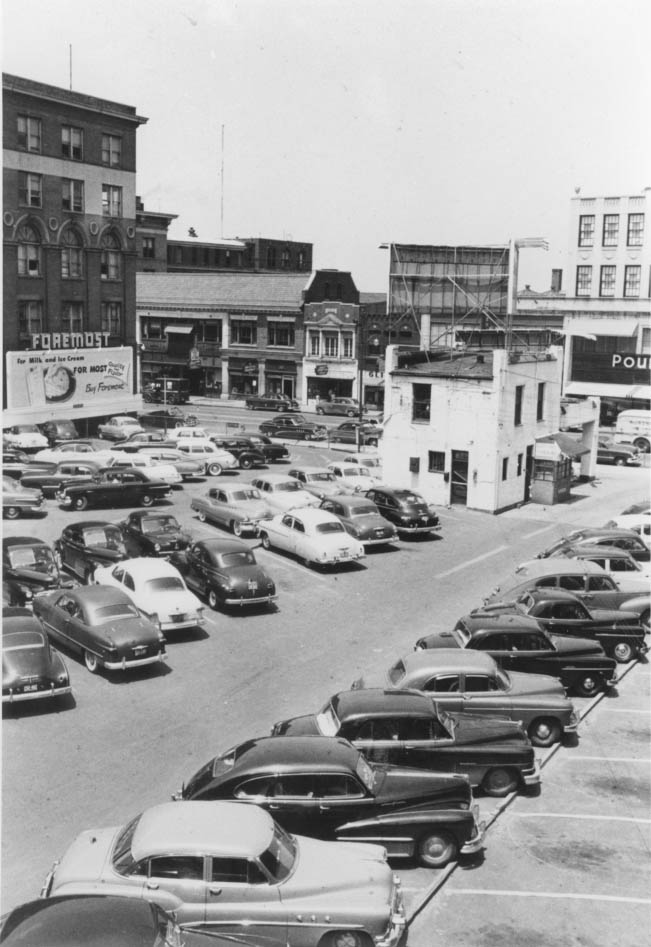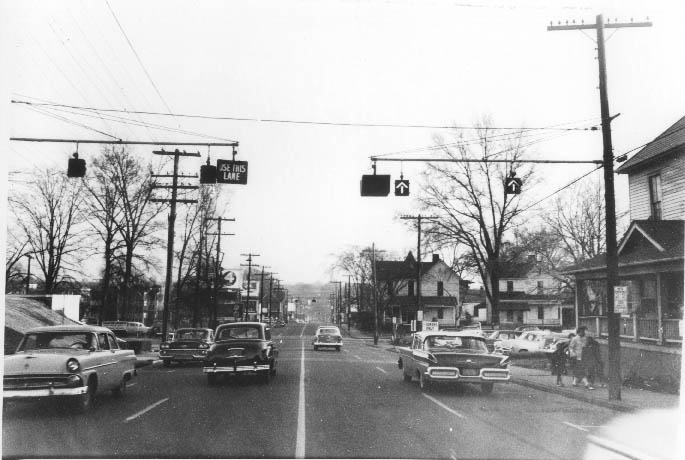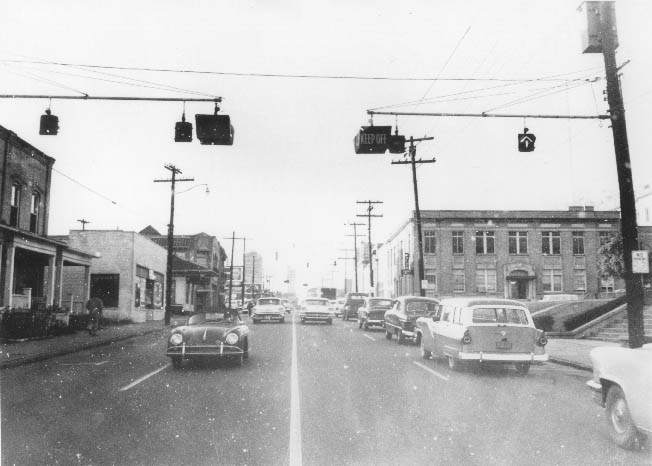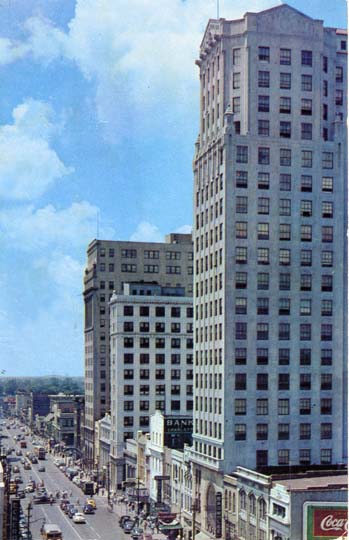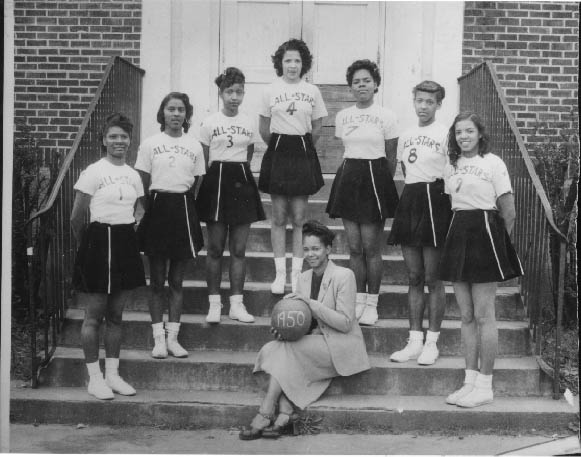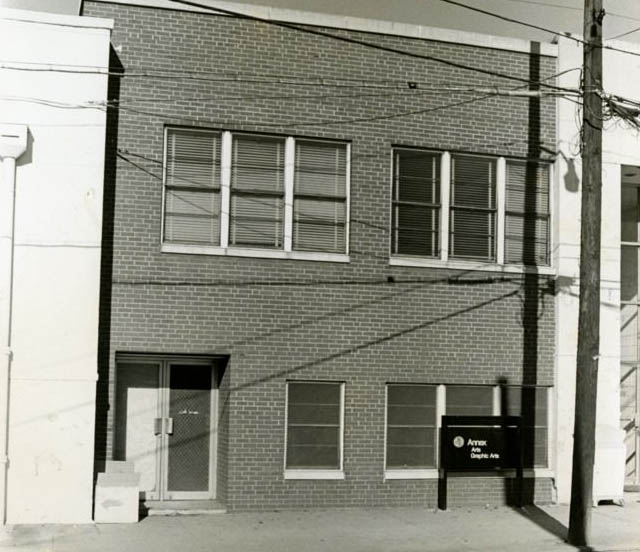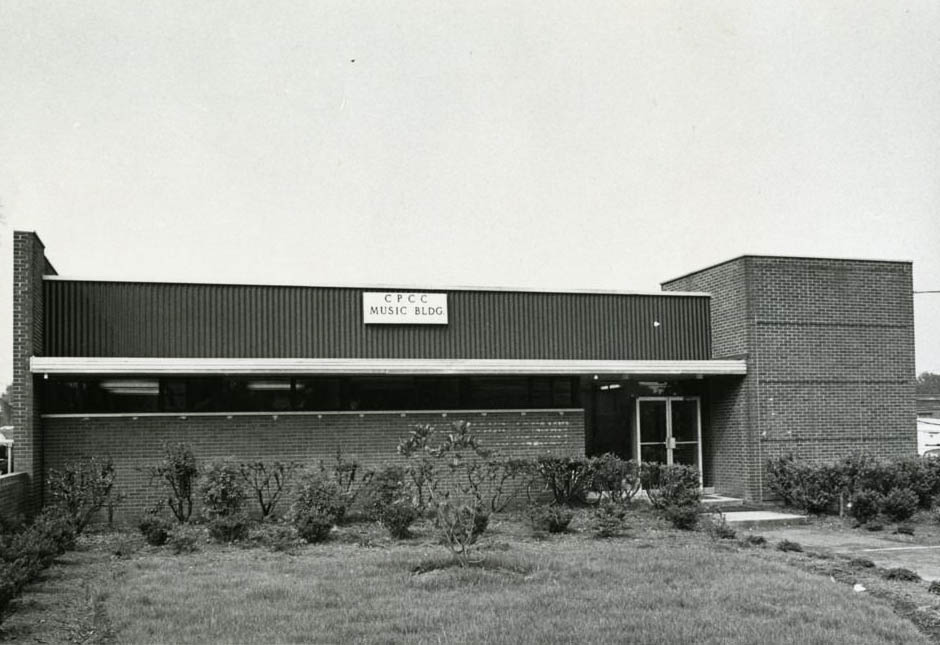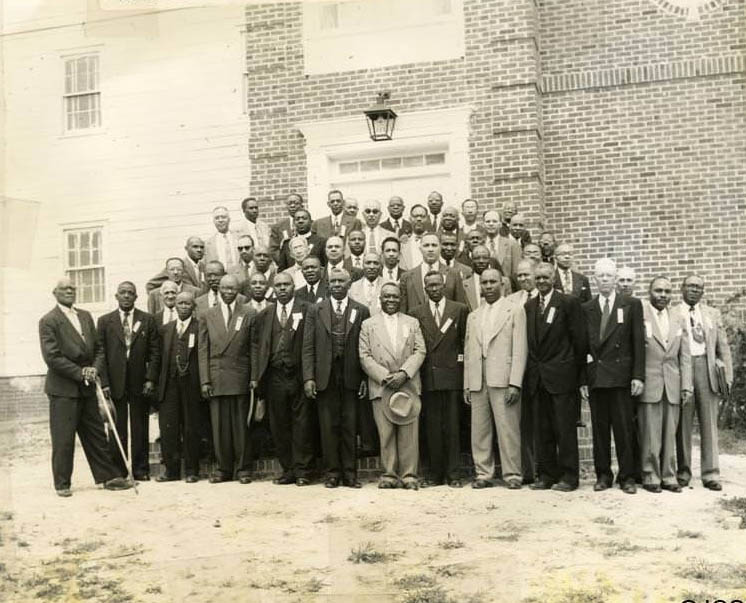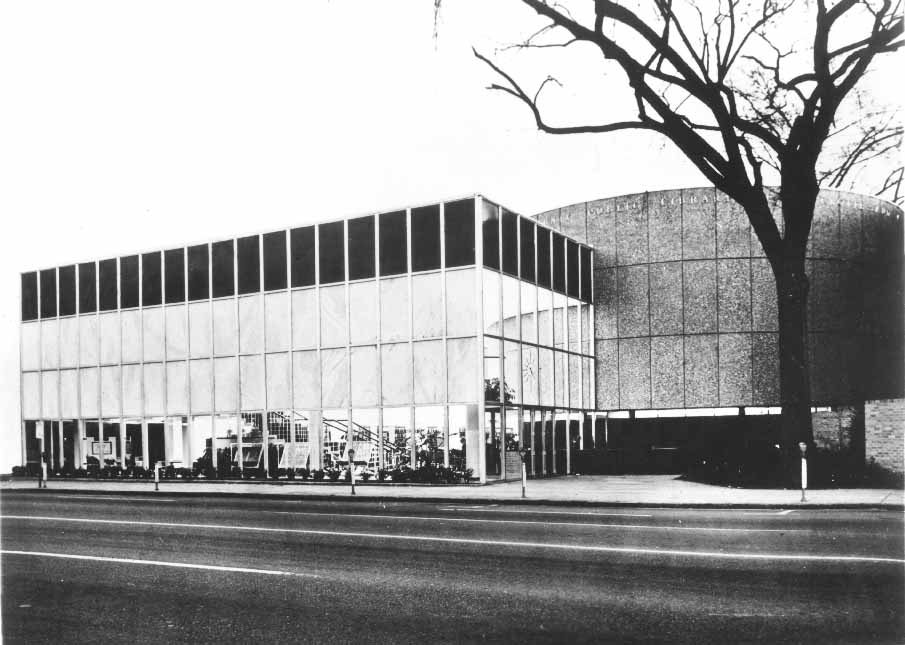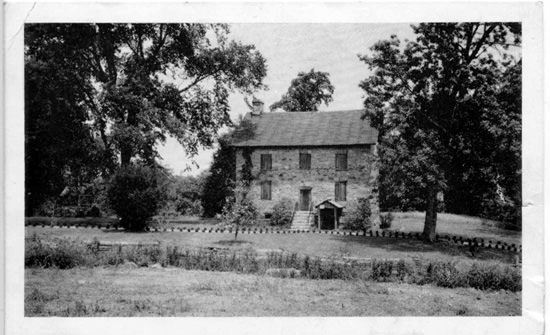The development of Charlotte is a model example of this regional pattern. The city’s history can be divided into three phases. In the first period, Charlotte was established as an inland trading village. It grew to a small town after the railroad arrived in the 1850s. Charlotte’s second phase, the New South era, saw the city become the largest city in the Carolinas, a textile and distribution center. In 1930, many of the skyscrapers, fine suburbs, and leading businesses we know today were already in place. During the third era since the Depression, the economy has seen economic diversification and continued steady growth. While not as explosive as the New South era in percentage terms, it has dramatically surpassed real numbers.
In contrast with the regional trend, the national economic cycle has provided a counterpoint. Charlotte has grown steadily in recent years, but the curve has been far from smooth. Traditionally, the city has been strongly tied to the nation’s economy since the advent of railroads in the 1850s. Charlotte’s development is influenced by the national succession of boom decades and depression years, a critical factor in the timing of new developments.
Here are some amazing historical photos that show What Charlotte looked like in the 1950s. Also check, what Charlotte looked like in the 1930s and 1940s.
#1 Central High (Garinger) Exterior, 1950
#2 United House of Prayer for all People, 1954
#3 Uptown Charlotte, 1958
#4 Looking east from Queens Road toward the intersection with Providence Road, 1950
#5 Looking east on Fourth Street towards the Myers Street intersection, 1950
#6 The Park Center under construction on the ruins of the Old Armory Auditorium, 1954
#7 Parking Lot, 1955
#8 Independence Square, 1955
#9 Burwell Hall- Main Administration Building, 1950s
#10 Carter Hall with empty windows and scaffolding, 1950s
#11 Dowd Flats on Morehead Street, 1950
#12 Drive-in Restaurant, 1955
#13 Trade Street (East), 1955
#14 Aerial View of Uptown Charlotte Poor Quality, 1955
#15 Piedmont Building, 1950
#16 A view of Tryon Street and the Independence Building, 1955
#17 Public Library of Charlotte & Mecklenburg County .2, 1958
#18 Public Library of Charlotte Mecklenburg County (Main Building 1956)
#19 Cannon seized during Spanish American War, 1958
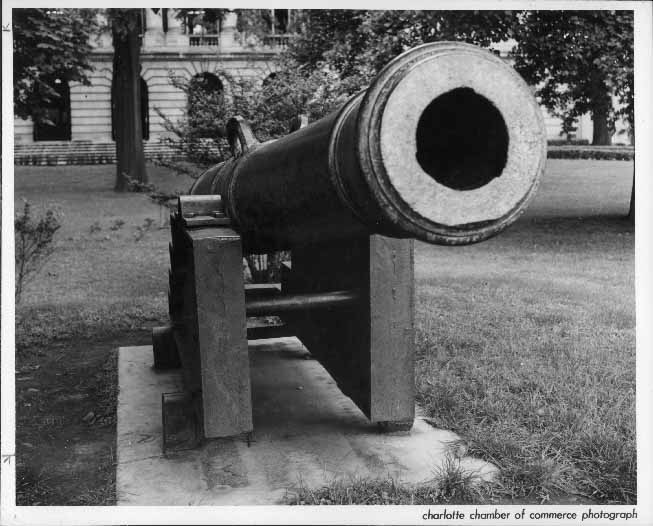
This cannon was captured by the United States military in the West Indies in 1898 during the Spanish American War. It was manufactured on May 24, 1769. President William McKinley donated the cannon to Charlotte in 1900. It was placed in front of Post Office on West Trade Street. This photograph was taken on May 16, 1958. Today it is located at the Charlotte Museum of History on Shamrock Drive.


